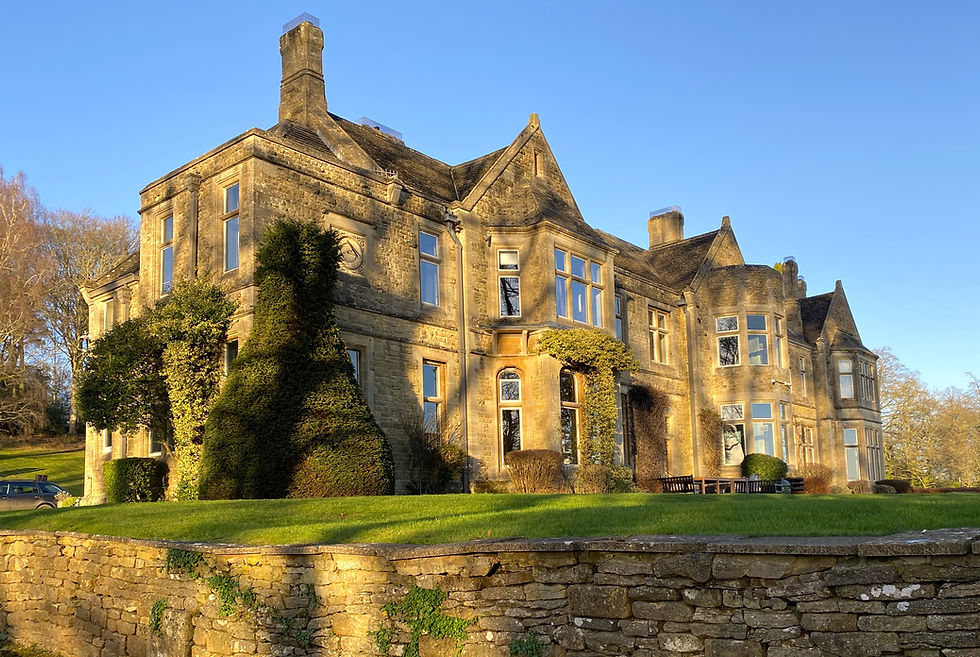Standon, Hertfordshire: unearthing a Medieval farm landscape
- Lucy Jarvis
- Nov 6, 2020
- 2 min read
Updated: Jul 31
By Charlotte Vallance BA MA ACIfA

When Stonebond Properties were required to discharge and archaeological condition on their planning consent for a new residential developments in Standon, Hertfordshire, they called on HCUK Group and the Archaeology Collective team.
There were exciting plans for the new development but before building could begin in earnest the archaeology on the site had to be properly investigated. So it came to pass that for the past 12 months our team has managed a programme of excavation on land off Town Farm Crescent. Our management of subcontractors Headland Archaeology revealed a medieval farming landscape to the east of Standon, dating mainly from about 1100 to 1700 - essentially, from the Norman period to the time of William and Mary.
Before we probe more into these finds, let’s turn the clock back to 2019. HCUK Group and Headland Archaeology had previously worked on a field evaluation of this site which involved trial trenching. The trial trenches had produced partial evidence of medieval field boundaries criss-crossing each other, suggesting they had been created in several phases over hundreds of years. Two fields on the site remained under arable cultivation at the time of the tithe map c.1840. There was also undated evidence of quarrying for chalk, which was used in agriculture and industry. And it didn’t stop there... pottery and roof tile recovered from the infilled ditches of the field boundaries suggested that buildings had once stood nearby.
These tantalising glimpses were considered to be of sufficient archaeological interest for the Historic Environment Advisor to Hertfordshire County Council to recommend that the impact of the development on the remains (which would have destroyed them) should be mitigated by “open area” excavation. They were to be “preserved by record”.
Which brings us back to our most recent phase of work. The open area excavation revealed the remains of a timber framed outbuilding or barn. Here the roof tile was concentrated in a narrower period, from about 1350 to 1650. A number of post-holes were found, but there was no sign of domestic occupation, which leads us to think it may have been a field barn. Cattle and sheep bones were also found.
This discovery has contributed to our understanding of medieval farming and to the character of the agricultural landscape around Standon, more than six centuries ago. Crucially, we have been able to support our client Stonebond Properties throughout the entire process to discharge their archaeological planning condition. The process has cumulated in meaningful contributions to the region’s archaeological research and understanding. Full results will be published next year.
.png)



Comments